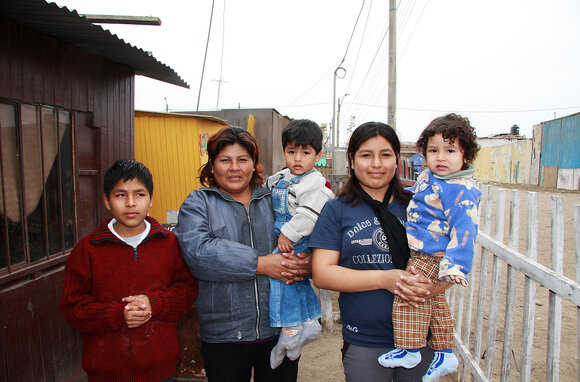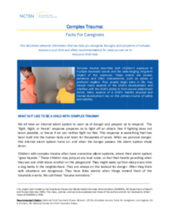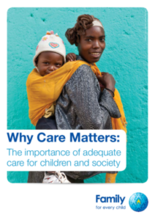This page contains documents and other resources related to children's care in the Americas. Browse resources by region, country, or category.
Displaying 1311 - 1320 of 1438
This factsheet from the US National Child Traumatic Stress Network provides useful information to parents and caregivers of children who have experienced complex trauma.
This presentation from Innocenti’s Expert Consultation on Family and Parenting Support focuses on the risks facing, and the needs of, poor families in Brazil.
This article highlights the historical role churches have played in child protection stemming from biblical teachings and mandates as well as a current example of church involvement in child protection.
This review takes a three-pronged approach to showing why the dearth of sociological research focused on children in foster care is problematic.
This study examined whether spanking by the child's mother, father, or mother's current partner when the child was 1-year-old was associated with household CPS involvement between age 1 and age 5.
This report highlights the needs of children without adequate family care, the impact inadequate care on children and society, and why family care is important. In this report, Family for Every Child also issues several recommendations for those in all sectors of society and an example of care reform from Brazil.
Deportation of immigrant, undocumented parents of citizen-children born in the United States is a practice that has caused the separation of families and a variety of negative effects on the children.
This literature review examines literature on the best practices for youth aging out of care that indicate successful outcomes for them as adults.
In this review, the authors highlight evidence drawn from research in Australia, the United Kingdom, Canada, Ireland, and the United States, on the impact of growing up in care beyond the early twenties.
This introductory article of a Special Issue of Infant Mental Health Journal on Global Research, Practice, and Policy Issues in the Care of Infants and Young Children at Risk provides a useful overview, placing the articles in the broader contexts of research on institutionalized children and different initiatives to prevent inappropriate care, either through addressing the quality of the care provided or ensuring the appropriateness of the type of care environment provided.




